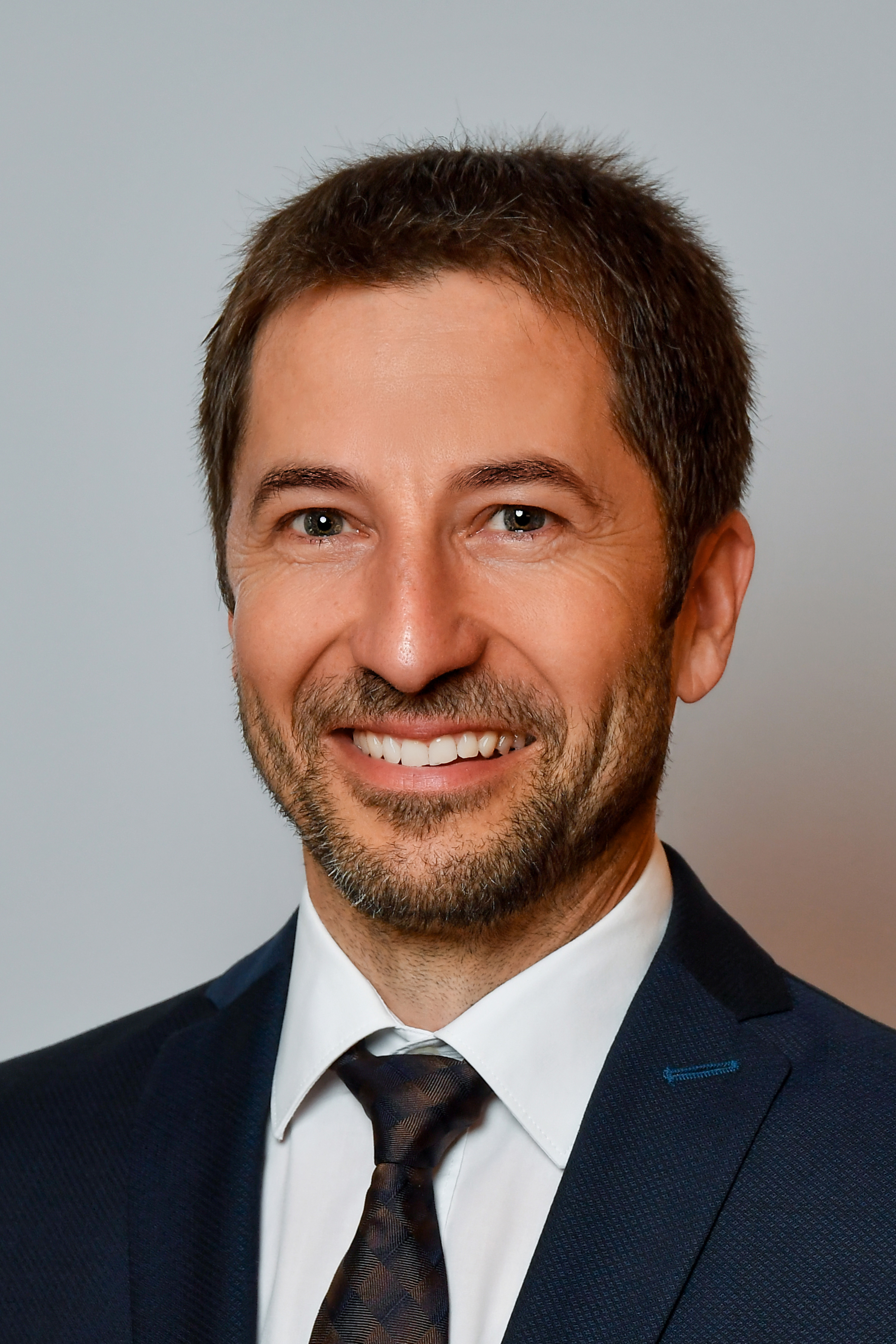Subacromial Pain Syndrome – Effects of a systemised osteo pressure treatment with regard to pain and mobility
The term “subacromial pain syndrome“ covers many shoulder pains, often clinically difficult to differentiate. Among the most commonly diagnosed are Subacromial Impingement-Syndrome, Tendinitis calcarea, Bursitis subacromialis, Periarthropathia humeroscapularis or degenerative changes in the rotator cuff.
The term “subacromial pain syndrome“ covers many shoulder pains, often clinically difficult to differentiate. Among the most commonly diagnosed are Subacromial Impingement-Syndrome, Tendinitis calcarea, Bursitis subacromialis, Periarthropathia humeroscapularis or degenerative changes in the rotator cuff. What all these diagnoses have in common is that they are all to do with painful and/or pathologically changed soft tissue structures in the shoulder such as muscles, tendons, bursa or the joint capsules. The multi-discipline treatment of these pains, which are often accompanied by a severe restriction of movement in the shoulder, is in many cases relatively lengthy and ends in many cases with unsatisfactory treatment results.
“Osteo pressure“ is the term for a manual therapy technique, whose origins are assumed to be in the Chinese martial arts and which were predominantly applied and further developed in the last three decades in the German speaking area using different therapy concepts from a medicinal point of view. The technique is aimed to stimulate the periosteum – at exactly defined points and to effect – until now only via a model-based description of the mechanisms of the spinal and supraspinal „wiring“ – a change in the tension ratio of the treated myofascial structures.
The aim of the research project in cooperation with the University Teaching Hopsital, Steyr is to examine the osteo pressure technique in a controlled setting for its effectiveness in the treatment of patients with the above-mentioned shoulder pain. For this a concept-neutral, systemised treatment process was created.
- Project team: Ing. Gerhard Rosensteiner, MSc, Patrick Rudelstorfer, BSc, BSc, Dr. med. Evelyn Wimmer
- Partners: Physikalisches Institut des LKH Steyr, Prim. Dr. med. Franz Lettner, LKH Steyr, Dr. med. Martina Basziszta, LKH Steyr, Dr. med. Gabriele Sandmayr, LKH Steyr, Dr. med. Diana Huber, LKH Steyr, Dr. med. Jacek Pietruszewski, LKH Steyr
Ing. Gerhard Rosensteiner MSc
Academic Staff, Internship coordinator
